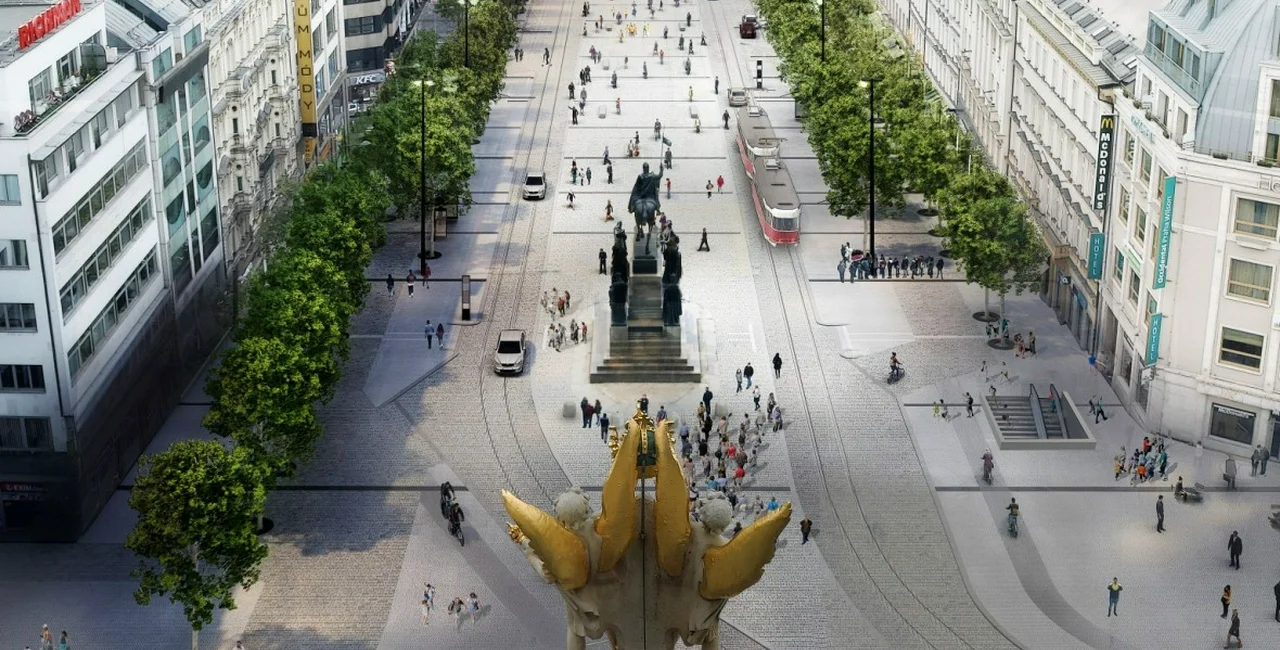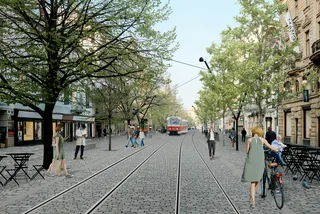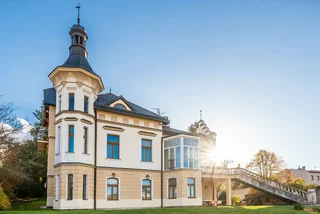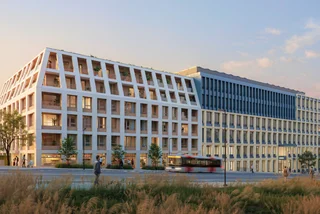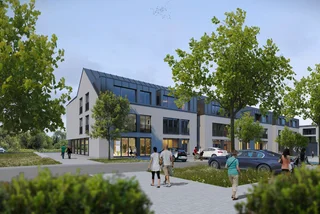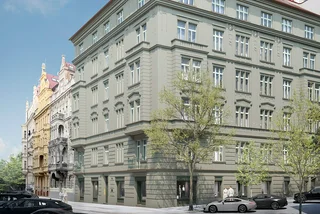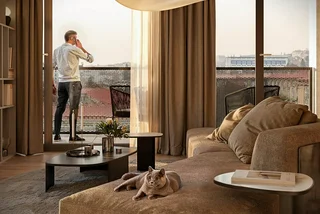The face of Prague will be transformed in the coming years. The recently released program statement of the ruling coalition in Prague City Hall promises to transform many of the city’s public squares as well as major streets, parks, and waterways.
Almost all of Prague's squares will be transformed to make them more friendly to pedestrians. Many of the projects are long-term visions that won’t be completed in the current administration's term. Several projects were previously announced. Prague Mayor Bohuslav Svoboda in the program statement said that without continued work on preparation, the city would be paralyzed in the future.
Prague Deputy Mayor Petr Hlaváček, responsible for territorial development called the public spaces a “common living room.” “They are the most influential part of how people feel in the city. Revitalizing dysfunctional public spaces is a key tool for improving the quality of the city. We will strive to complete ongoing plaza, street, and park renovation projects and look for new opportunities for improvement,” Hlaváček said.
He added that the city will transform not only key public spaces of Wenceslas Square, Karlovo náměstí, or Vrchlické sady, the area in front of Prague’s main train station, Hlavní nádraží, but also common streets such as Seifert Street in Žižkov, which is getting rows of new trees.
Trees in the squares and streets will regulate the microclimate. "We need to ensure that our city does not overheat during the summer and that people can live well in it at any time of the year,” Hlaváček added.
According to him, Prague's squares have the greatest influence on how people feel in the capital. "The revitalization of dysfunctional public spaces is a key tool for improving the quality of the city," Hlaváček said, adding he will strive to complete ongoing projects of renovation of squares, streets, and parks.
Wenceslas Square
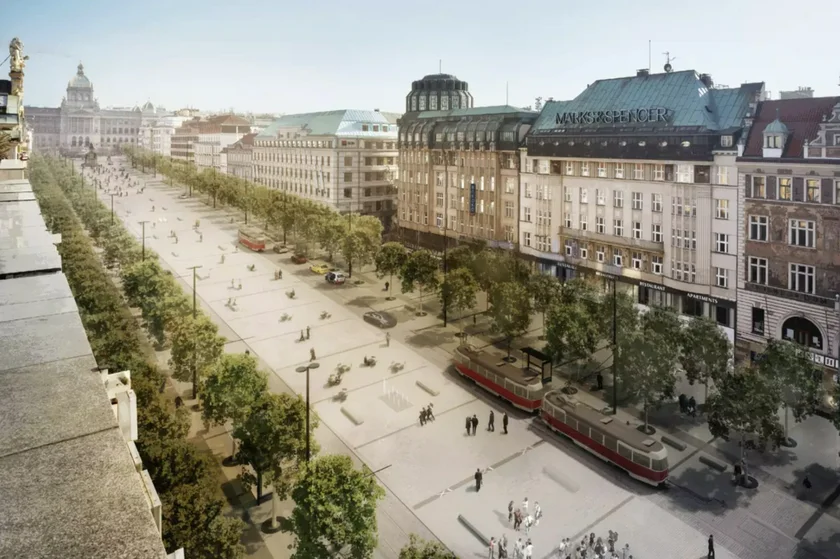
The renovation of the upper part of Wenceslas Square should begin in this election period. The work will take several years, the costs will probably exceed CZK 1 billion. Planned renovations include road and sidewalk repairs, new greenery, upgrades to the Muzeum metro station, and the creation of an underground reservoir for collecting rainwater. The repair will follow the plan from 2005 created by the architectural office Cigler Marani Architects.
The construction of tram tracks on Wenceslas Square could start next year, linking the existing tracks in the center of the square to those in Vinohrady. The upper part of the square would also have fewer parking spots and more pedestrian areas. The lower part of the square was recently renovated with new paving and a fountain.
Karlovo náměstí
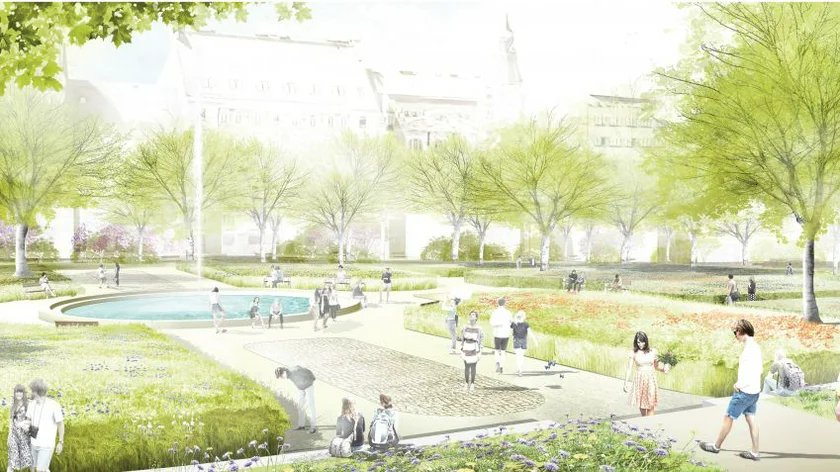
One of the world’s largest squares, Karlovo náměstí should eventually undergo a six-year renovation that will include new footpaths better access to the metro entrances and nearby medical facilities. A café and a children's playground are planned for the southern part of the square, and the central part should have new flower beds. Some changes such as a better crosswalk have already taken place.
Malostranské náměstí
The revitalization of Malostranské náměstí should continue, despite delays. The scope of the work has expanded since the original contract was awarded, and the tender had to be canceled. A new contract has not yet been awarded, and no start date for the next phase has been announced.
When work is done, the parking lot from the upper part of the square should be removed and replaced by benches and trees. Sidewalks should be widened and paving will be done with a specific type of yellowish stone to unify the whole area. Prague Deputy Mayor Jiří Pospíšil, responsible for culture, is pushing for the return of the statue of Marshal Josef Václav Radecký to the square, but so far it is not part of the plan.
Vítězné náměstí
Modifications to Vítězné náměstí will be based on the original 1920s-era plans of urban planner Antonín Engel. An obelisk will stand in the middle of the square. The existing monument to foreign soldiers of World War II will be moved to Technická Street. Rows of trees will be planted as well. Pedestrians can reach the square’s center via new metro exits and crossings. Trams and cars will be diverted around the central circle, which will become more like a park.
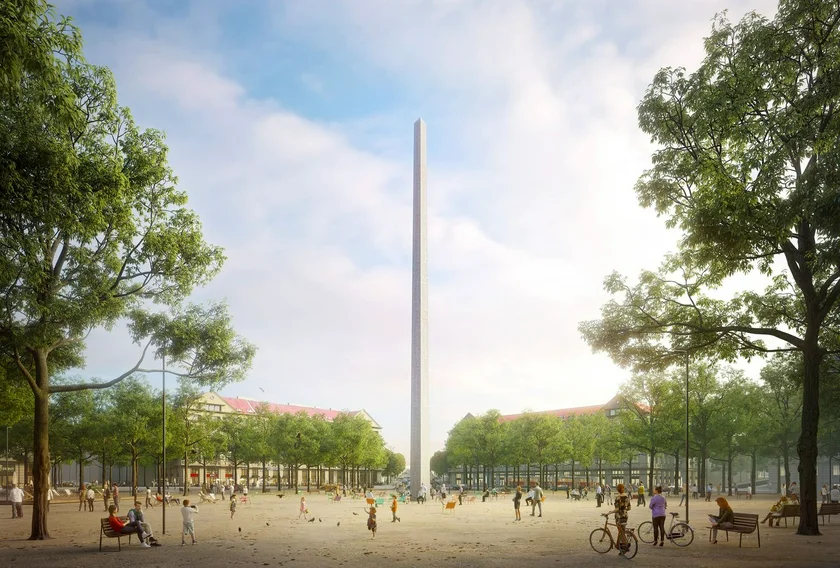
An international architectural competition is currently underway for the completion of the square’s fourth quadrant, which will have new apartment buildings, offices, a university campus, and other features.
Mariánské náměstí
Mariánské náměstí, which has both City Hall and the main part of the Munipal Library, will gradually turn into a pedestrian zone. The parking lot has been replaced with benches and mobile chairs. Future plans include planting chestnut and maple trees to cool the space. Drinking fountains or water mist nozzles will be built on the square.
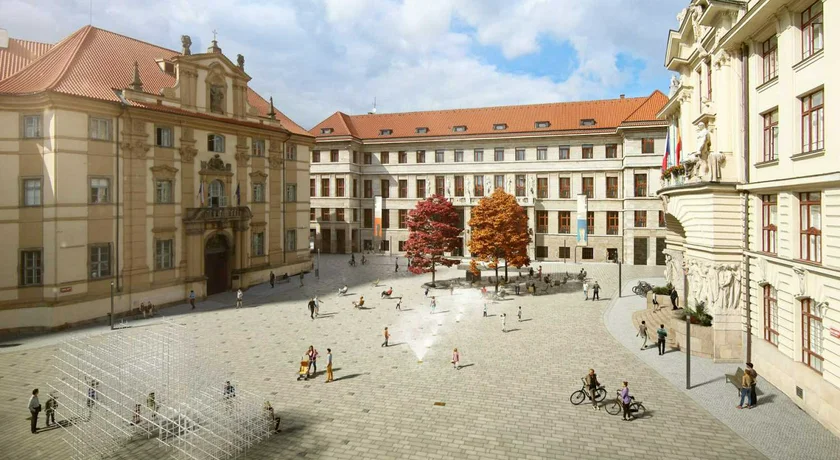
Further projects
Other ongoing projects include the transformation the ongoing transformation of náměstí Jiřího z Poděbrad, revitalization of náměstí Jana Palacha, changes to náměstí Bratří Synků in conjunction with it becoming a stop on the Metro D line, an overhaul of Vrchlického sady that follows up on other renovations to Hlavní nádraží and the streets leading to it.
In the long term, the heavily used road connecting the station to Karlín should be completely changed. Several ongoing projects to plant trees on streets will help regulate temperature and the microclimate.
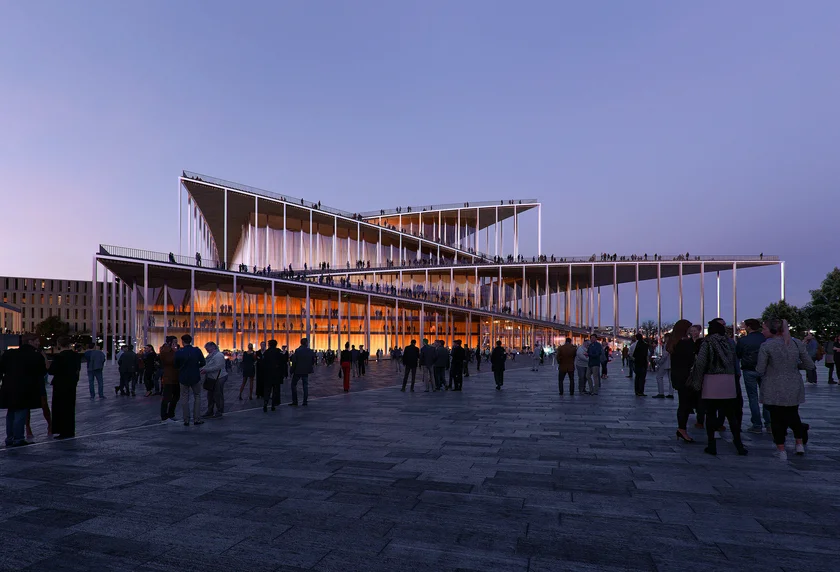
Another big transformation project will be the creation of a new concert hall, the Vltava Philharmonic, near the Vltavska metro stop. This will change the whole area, improve access to the waterfront and create a large multi-use space for the public.












 Reading time: 4 minutes
Reading time: 4 minutes 